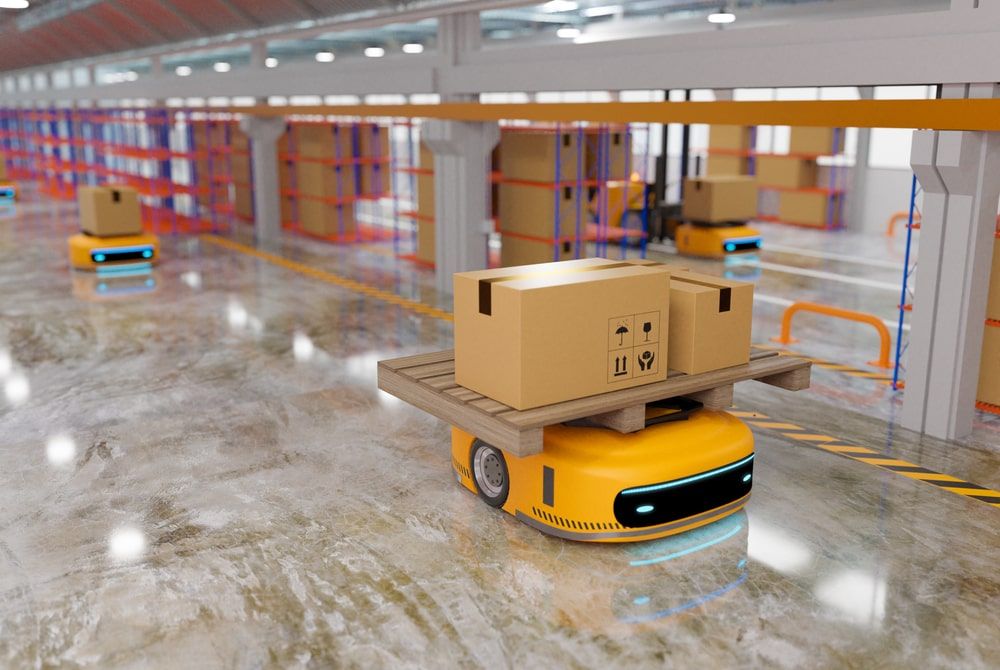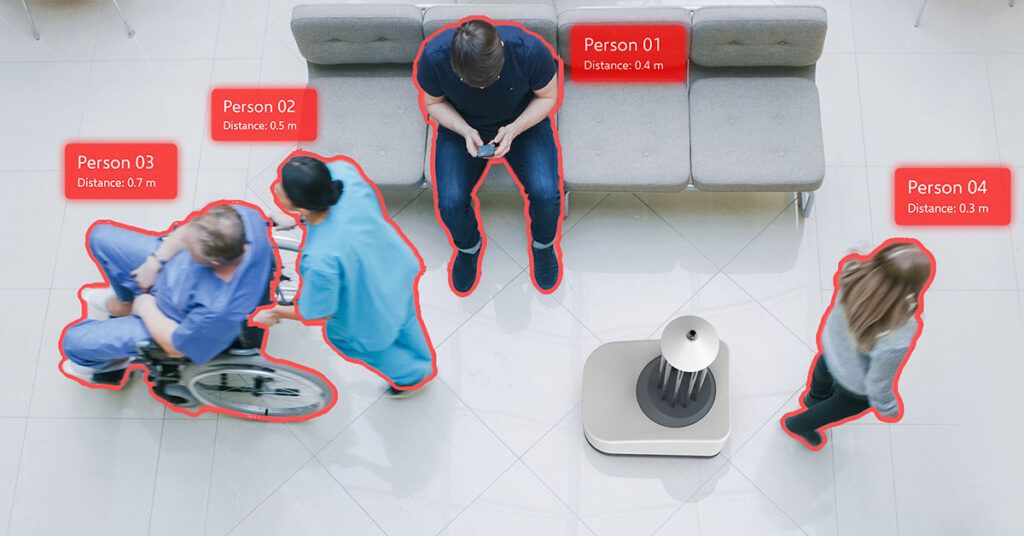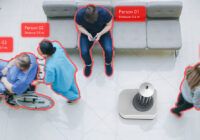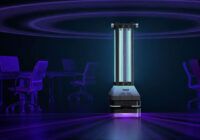The need for autonomous vehicles in the logistics industry has increased due to the growing popularity of online shopping. This study aims to use 3D sensor technologies to enhance autonomous forklifts’ ability to recognize obstacles. In a warehouse setting, 3D camera technology might be able to detect obstacles effectively. The 3D camera on the DreamVu offers larger field-of-view obstacle detection. Let’s examine the general difficulties in obstacle identification for robotic navigation and conventional DreamVu techniques.
Challenges in 3D Obstacle Detection
One of the largest issues in robotic navigation today is obstacle detection and obstacle avoidance (ODOA), which is carried out by an obstacle detection sensor system installed on a robot to sense any impediment or occurrence which could affect the robot’s path – static and dynamic. The robot’s navigation system analyzes data from its environment to create the most effective route, ensuring that all obstacles are avoided. The difficulty lies in balancing this sensor system’s cost, complexity, and power consumption while maintaining its completeness. Not to mention the numerous regulatory obstacles and required safety certificates.
A stereo vision system with a wide field of view can make these solutions better. You can match the sensing field to the mechanicals of the autonomous mobile robot by initially starting with a wide field of vision (AMR). Instead of stitching, calibrating, and syncing numerous sensors, this method of developing a navigation system is far more effective and efficient.
Common Methods of DreamVu’s Obstacle Detection
Using 2D, or planar, LiDAR is the most popular method for ODOA. These methods work well for extremely large horizontal fields of view but only pick up on impediments directly beneath them. This results in a loss of total situational awareness because a 2D LiDAR will not identify any obstructions above or below this plane.
This difficulty is addressed by employing numerous 2D LiDARs and positioning them at various angles on various planes. While 2D LiDAR offers the advantage of a broad horizontal field of view, it sacrifices the vertical field of view. It makes it more difficult to overcome the difficulty of achieving total situational awareness.
The stereo vision sensor has a field of view of approximately 90 degrees forward, a little to the left, and a little to the right. This gives the robot tunnel vision and reduces its overall sensing capacity, making it harder to notice and avoid obstacles, especially when moving. Extra sensors pointed to the sides would be desirable in this situation to prevent it from running into an obstruction that is not directly in front of it. We can reduce these blind spots by integrating two or three typical stereo cameras, but complications with overlapping images result. While nearfield blind spots, or objects right in front of the sensor, have been reduced, they still exist.
A Different Strategy by DreamVu
Starting with something that has a broad field of view and customizing it through software to what provides the most sense for that application is a novel strategy that should be taken into consideration. Thus, a 360° stereo camera may create a homogenous sensing field with 180° of a field of view by positioning it in front of the robot. As a result, the robot can operate effectively using just one depth camera instead of three conventional stereo cameras.
Blind spots would still be present in the resulting field of vision from cameras that would need to be stitched and synced. No need to bother with stitching, fixing overlaps, or calibrating between several sensors when only one stereo camera is employed. This method is straightforward, economical, and provides higher uptime.
The architecture of this method of 3D obstacle detection makes it work with 2D, 2.5D, or 3D mapping systems. The obstacle map is flattened into a 2D laser scan in the 2D mapping scenario so that it can be connected to 2D localization and mapping software like mapping or mapper. From the perspective of software integration, this makes it very simple to utilize the vertical field of view without having to update the mapping solution.
Wrapping Up
With the assumption that the field-of-view is important, AMR mobility will increase when users begin with this stereo camera with a large field-of-view. The application will provide greater real-time situational awareness, allowing the robot to assess its surroundings from the ground up to the required maximum height. Users can also benefit from a longer runtime. They won’t have to worry about calibrating too many sensors, dealing with computational burdens when stitching together many sensors, or trying to fuse multiple sensors. Considering everything stated above, it is simple to recognize the advantages of beginning with a broad field of view.
DreamVu is a forerunner and market leader in omnidirectional 3D vision systems. We build omnidirectional 3D vision systems using patented optics and visual imaging software to tackle some of the most difficult vision issues. Visit us today!






